Safe distance to the home foundation?
alina_1
16 years ago
Related Stories

MOVINGRelocating Help: 8 Tips for a Happier Long-Distance Move
Trash bags, houseplants and a good cry all have their role when it comes to this major life change
Full Story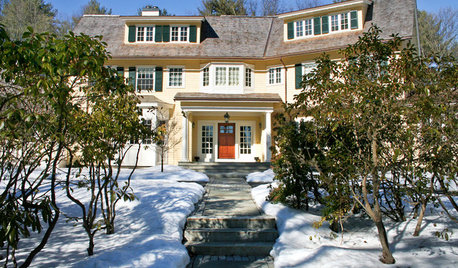
GARDENING AND LANDSCAPINGTake a Winter Walk on the Safe Side
Learn how to handle snow, ice and other cold-weather landscape factors to minimize falls and damage
Full Story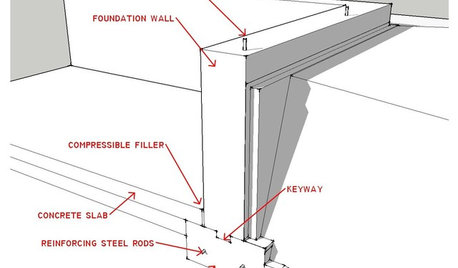
ARCHITECTUREKnow Your House: What Makes Up a Home's Foundation
Learn the components of a common foundation and their purpose to ensure a strong and stable house for years to come
Full Story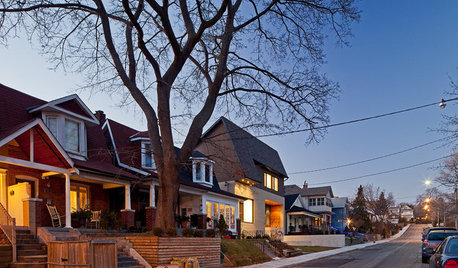
LIFE10 Ways to Keep Your Home Safe While You're Traveling
Set off on your trip with peace of mind, knowing you've taken the right steps toward keeping your home secure
Full Story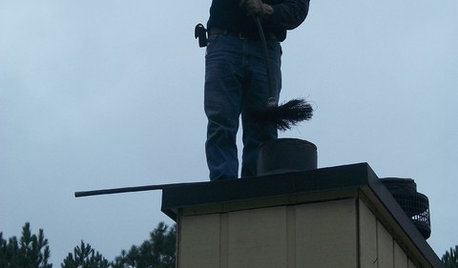
HOUSEKEEPING12 Steps to a Safe, Cozy Home for a New Year
From smoke detectors to furnace filters, let January 1 be a reminder of some must-dos around the house
Full Story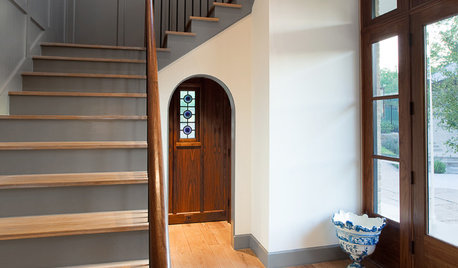
CONTRACTOR TIPSAn Expert Guide to Safe and Stylish Staircases
Understanding how stairs are designed and laid out can help you make the best decisions for safety and beauty in your home
Full Story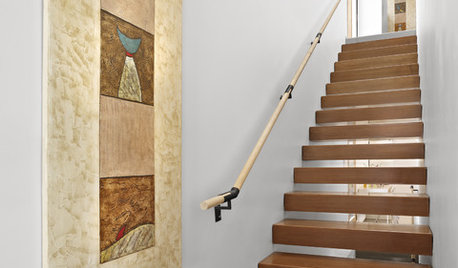
KNOW YOUR HOUSEStair Design and Construction for a Safe Climb
Learn how math and craft come together for stairs that do their job beautifully
Full Story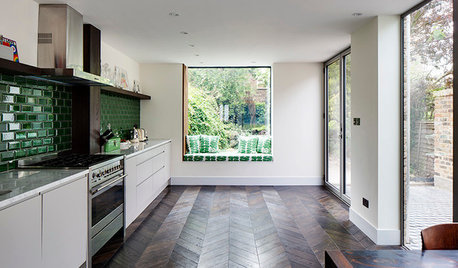
ADDITIONSLight and Personality Fill a Remodeled London Home
Eclectic and heritage elements mix in a clever extension that adds volume without digging into the home’s foundation
Full Story
LIFEWorld of Design: See How 7 Families Live in Multigenerational Homes
What happens when three or more generations live within shouting distance of one another? More hugging than shouting, actually
Full Story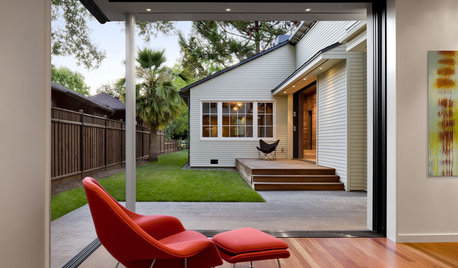
DECORATING GUIDESDecorate With Intention: 5 Key Furniture Pieces
Prepare for your home of the future while decorating for the present by choosing classic and sturdy furniture as a foundation
Full Story



nckvilledudes
alina_1Original Author
Related Discussions
Minimum safe generator operating distance
Q
Tree recommendation needed -- safe to plant near house foundation
Q
Would patio foundation cracks affect the house foundation?
Q
What shade trees are safe to grow close to home?
Q
Carrie B
alina_1Original Author
nckvilledudes
janetpetiole
alina_1Original Author
nckvilledudes
janetpetiole
nckvilledudes
filix
janetpetiole
alina_1Original Author
nckvilledudes
janetpetiole
alina_1Original Author
janetpetiole
alina_1Original Author